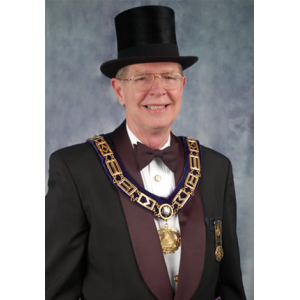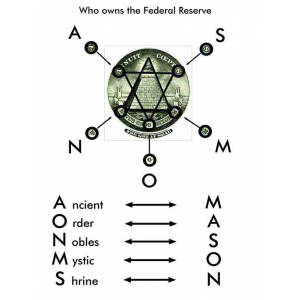 No.
No.
From ancient Sumar to the present, some form of resurrection story has played a key role in all religions. It is only natural that the Hiramic legend in Craft Freemasonry should be mistaken for yet another version of this story. The "traditional history" or legend of Hiram Abif though, is not about resurrection but teaches the social value of fidelity and acts as a mneumonic for the masonic "modes of recognition". Its history is unknown but links to mediaeval mystery plays appear stronger than any association with Egypt. Any Egyptian iconography or symbolism in masonic concordant bodies can be clearly traced to the wide-spread interest in Egypt in the late eighteenth and early nineteenth centuries, and not to any lost secret.
"The central figure of the Ancient Egyptian Religion was Osiris, and the chief Fundamentals of his cult were the belief in his divinity, death, resurrection, and absolute control of the destinies of the bodies and souls of men. The central point of each Osirian’s Religion was his hope of resurrection in a transformed body and of immortality, which could only be realized by him through the death and resurrection of Osiris."
The legends of Osiris are based on earlier traditions regarding a pre-Egyptian king, named Assur. The resurrection of Assur is the foundation legend of Egyptian civilization. The first written accounts of Osiris come by way of historians such as Diodorus Siculus (1st C. BCE), Herodotus (5th C. BCE), and Plutarch (1st C. CE). They describe Osiris as a semi-divine king who abolished cannibalism, taught men and women to live according to law of ma'at, improved their morality, and, filled with love for mankind, set out on a quest to travel the world and bring the benefits of civilization to other cultures. Their commentary continues with mythological descriptions of the murder of Osiris by a jealous brother named Seth; his rebirth, accomplished by the magic of his sister/wife, Isis; and his second death, caused again by Seth, who dismembered his body and scattered the pieces up and down the Nile. After the utter destruction of Osiris his son, Horus, defeats Seth in an epochal battle thereby vindicating his murdered father.
There is nothing to link this mythology with Freemasonry. Although the topic of several recent books, there is also nothing to prove that the Hiramic legend of Freemasonry is somehow a result of the death of either the boy-king, Tutankhamen (fl. 14th century BCE)3 or king Seqenenre in 1570 BCE
Free eBooks (Can Be Downloaded):
William Wynn Westcott - An Introduction To The Study Of The KabalahThe Troth - Introduction To The Runes Some Frequently Asked Questions
Benjamin Rowe - Enochian Temples A Ritual Of The Consecration Of The Temple Of The Fire Tablet
Frater Achad - The Egyptian Revival Or The Ever Coming Son In The Light Of The Tarot
Stephen Flowers - Fire And Ice Magical Order The Brotherhood Of Saturn








